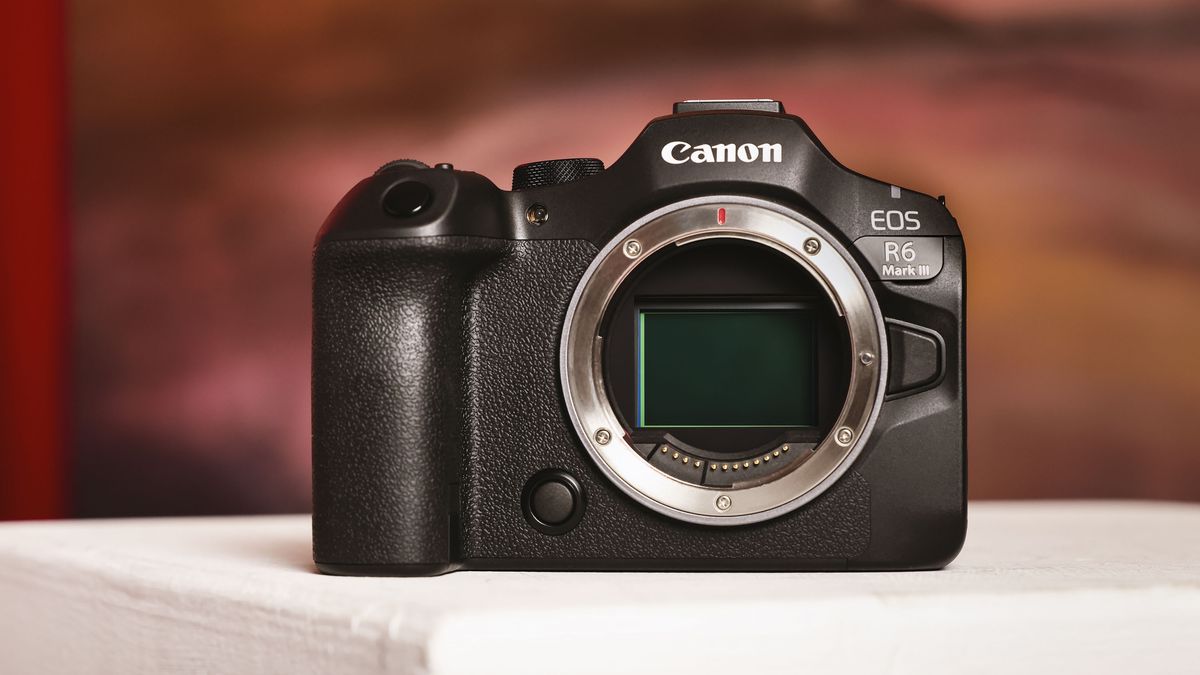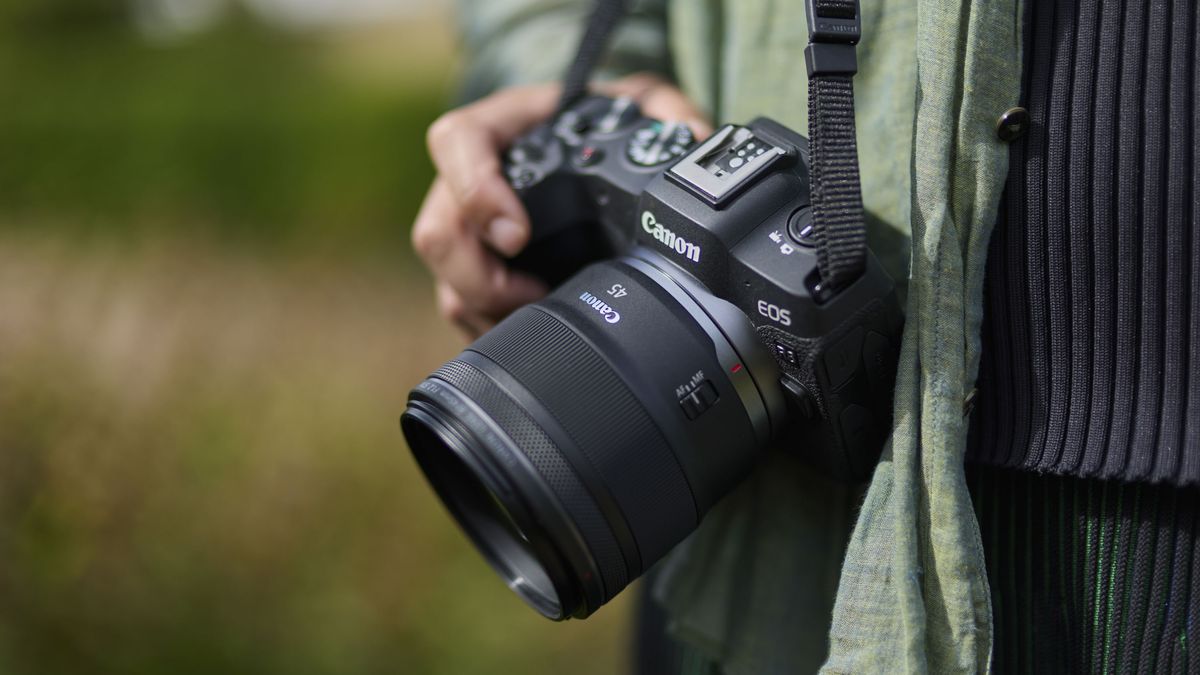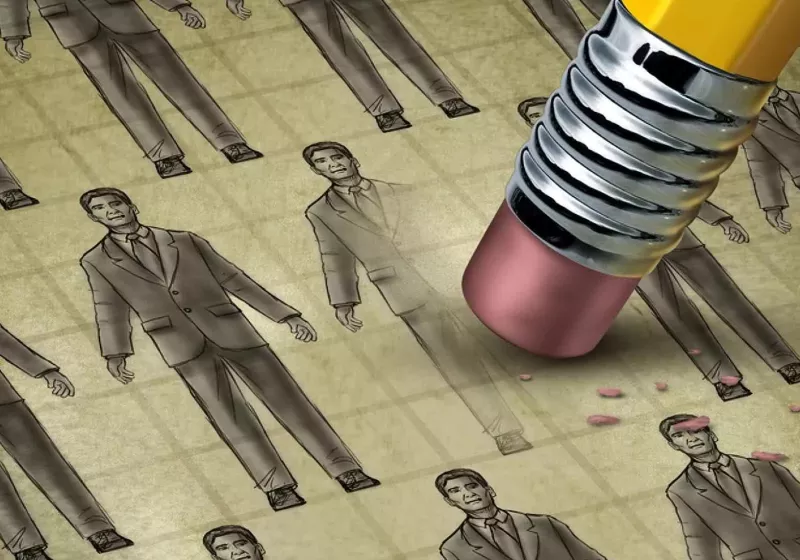We don't currently have a mission to put it on, but NASA is making sure it's ready.
Geysers on Saturn's moon Enceladus Credit: NASA
Europa and Enceladus are two ocean moons that scientists have concluded have liquid water oceans underneath their outer icy shells. The Europa Clipper mission should reach Europa around April of 2030. If it collects data hinting at the moon’s potential habitability, robotic lander missions could be the only way to confirm if there’s really life in there or not.
To make these lander missions happen, NASA’s Jet Propulsion Laboratory team has been working on a robot that could handle the search for life and already tested it on the Matanuska Glacier in Alaska. “At this point this is a pretty mature concept,” says Kevin Hand, a planetary scientist at JPL who led this effort.
Into the unknown
There are only a few things we know for sure about conditions on the surface of Europa, and nearly all of them don’t bode well for lander missions. First, Europa is exposed to very harsh radiation, which is a problem for electronics. The window of visibility—when a potential robotic lander could contact Earth—lasts less than half of the 85 hours it takes for the moon to complete its day-night cycle due to the Europa-Jupiter orbit. So, for more than half the mission, the robot would need to fend for itself, with no human ground teams to get it out of trouble. The lander would also need to run on non-rechargeable batteries, because the vast distance to the Sun would make solar panels prohibitively massive.
And that’s just the beginning. Unlike on Mars, we don’t have any permanent orbiters around Europa that could provide a communication infrastructure, and we don’t have high-resolution imagery of the surface, which would make the landing particularly tricky. “We don't know what Europa's surface looks like at the centimeter to meter scale. Even with the Europa Clipper imagery, the highest resolution will be about half a meter per pixel across a few select regions,” Hand explains.
Because Europa has an extremely thin atmosphere that doesn’t provide any insulation, the temperatures on top of its ice shell are estimated to vary between -160° Celsius during the daytime maximum and -220° C during the night, which means the ice the lander would be there to sample is most likely hard as concrete. Hand’s team, building their robot, had to figure out a design that could deal with all these issues.
The work on the robotic system for the Europa lander mission started more than 10 years ago. Back then, the 2013-2022 decadal strategy for planetary science cited the Europa Clipper as the second-highest priority large-scale planetary mission, so a lander seemed like a natural follow-up.
Autonomy and ice drilling
The robot developed by Hand’s team has legs that enable it to stabilize itself on various types of surfaces, from rock-hard ice to loose, soft snow. To orient itself in the environment, it uses a stereoscopic camera with an LED light source for illumination hooked to computer-vision algorithms—a system similar to the one currently used by the Perseverance rover on Mars. “Stereoscopic cameras can triangulate points in an image and build a digital surface topography model,” explains Joseph Bowkett, a JPL researcher and engineer who worked on the robot’s design.
The team built an entirely new robotic arm with seven degrees of freedom. Force torque sensors installed in most of its joints act a bit like a nervous system, informing the robot when key components sustain excessive loads to prevent it from damaging the arm or the drill. “As we press down on the surface [and] conduct drilling and sampling, we can measure the forces and react accordingly,” Bowkett says. The finishing touch was the ICEPICK, a drilling and sampling tool the robot uses to excavate samples from the ice up to 20 centimeters deep.
Because of long periods the lander would need operate without any human supervision, the team also gave it a wide range of autonomous systems, which operate at two different levels. High-level autonomy is responsible for scheduling and prioritizing tasks within a limited energy budget. The robot can drill into a sampling site, analyze samples with onboard instruments, and decide whether it makes sense to keep drilling at the same spot or choose a different sampling site. The high-level system is also tasked with choosing the most important results for downlink back to Earth.
Low-level autonomy breaks all these high-level tasks down into step-by-step decisions on how to operate the drill and how to move the arm in the safest and most energy-efficient way.
The robot was tested in simulation software first, then indoors at JPL’s facilities, and finally at the Matanuska Glacier in Alaska, where it was lowered from a helicopter that acted as a proxy for a landing vehicle. It was tested at three different sites, ranked from the easiest to the most challenging. It completed all the baseline activities as well as all of the extras. The latter included a task like drilling 27 centimeters deep into ice at the most difficult site, where it was awkwardly positioned on an eight-to-12-degree slope. The robot passed all the tests with flying colors.
And then it got shelved.
Switching the ocean worlds
Hand’s team put their Europa landing robot through the Alaskan field test campaign between July and August 2022. But when the new decadal strategy for planetary science came out in 2023, it turned out that the Europa lander was not among the missions selected. The National Academies committee responsible for formulating these decadal strategies did not recommend giving it a go, mainly because they believed harsh radiation in the Jovian system would make detecting biosignatures “challenging” for a lander.
An Enceladus lander, on the other hand, remained firmly on the table. “I was also on the team developing EELS, a robot intended for a potential Enceladus mission, so thankfully I can speak about both. The radiation challenges are indeed far greater for Europa,” Bowkett says.
Another argument for changing our go-to ocean world is that water plumes containing salts along with carbon- and nitrogen-bearing molecules have already been observed on Enceladus, which means there is a slight chance biosignatures could be detected by a flyby mission. The surface of Enceladus, according to the decadal strategy document, should be capable of preserving biogenic evidence for a long time and seems more conducive to a lander mission. “Luckily, many of the lessons on how to conduct autonomous sampling on Europa, we believe, will transfer to Enceladus, with the benefit of a less damaging radiation environment,” Bowkett told Ars.
The dream of a Europa landing is not completely dead, though. “I would love to get into the Europa’s ocean with a submersible and further down to the seafloor. I would love for that to happen,” Hand says. “But technologically it’s quite a big leap, and you always have to balance your dream missions with the number of technological miracles that need to be solved to make these missions possible.”
Science Robotics, 2025. DOI: 10.1126/scirobotics.adi5582










 English (US) ·
English (US) ·